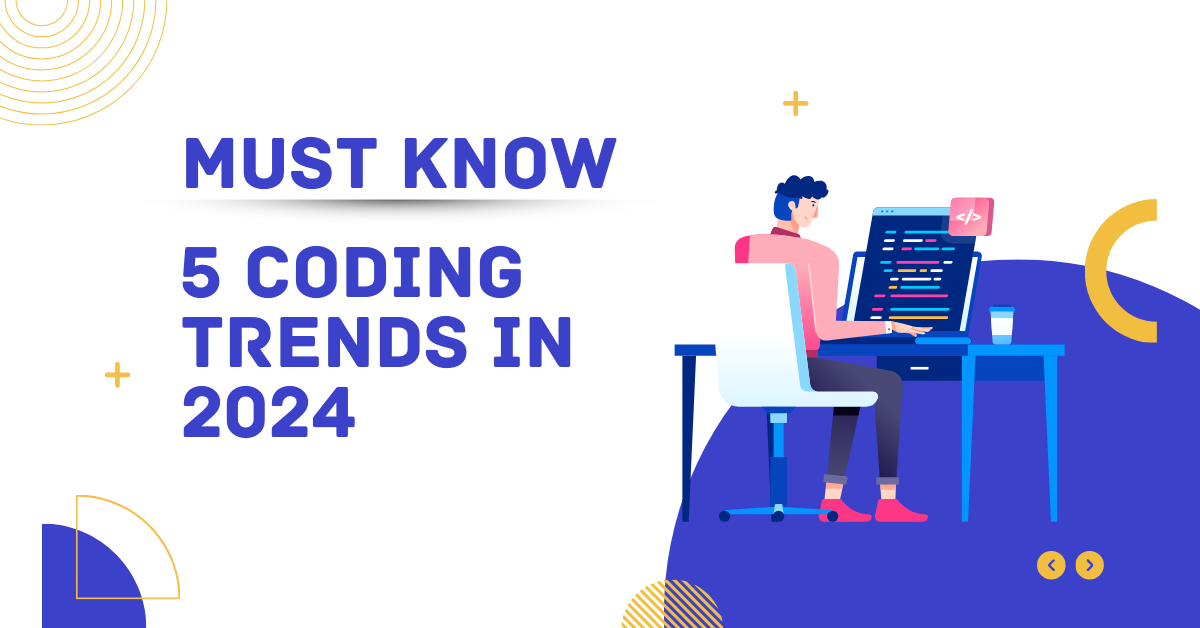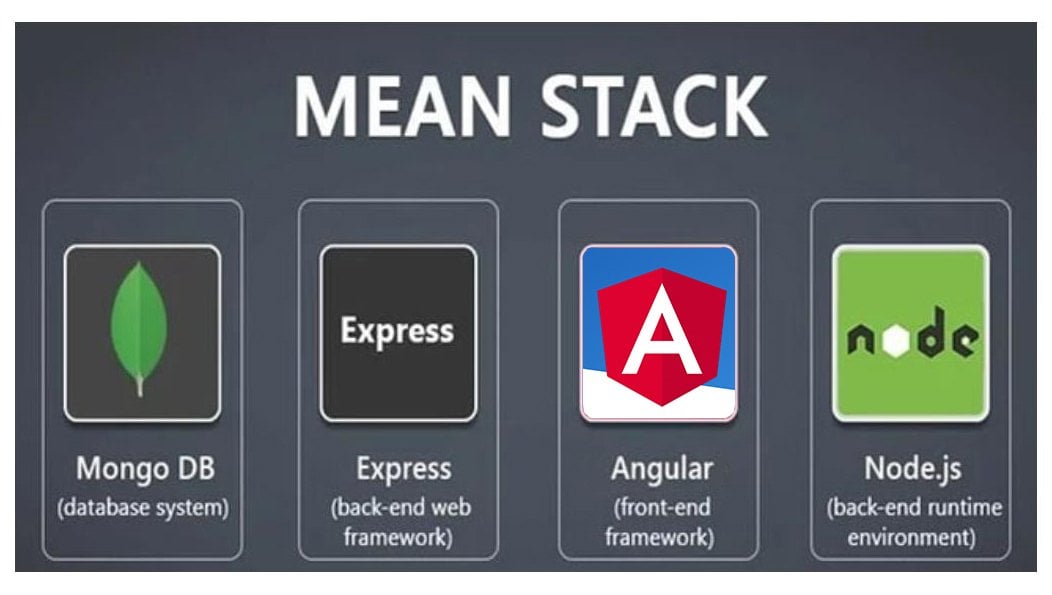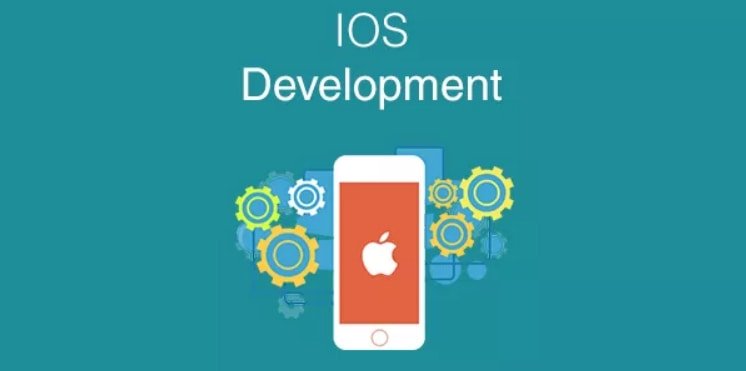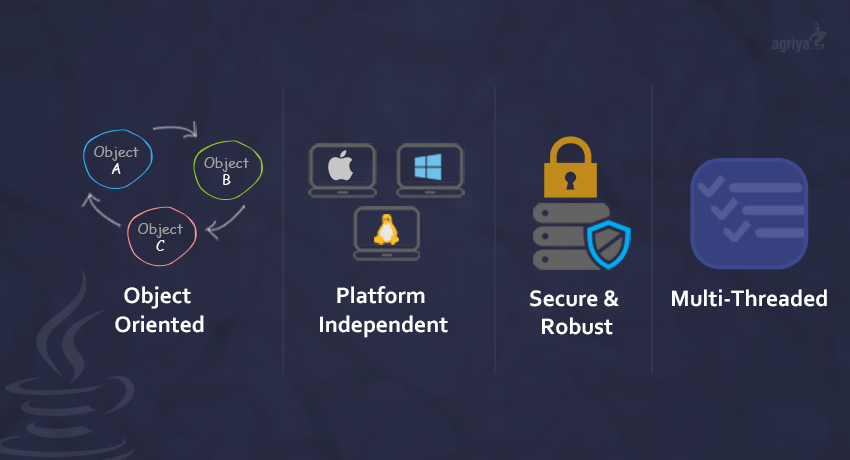Are you considering starting a career in software development but need help knowing where to start? Don’t worry; over 27 million developers began their careers from scratch.
There is still time to embark on the coding industry, and countless resources are waiting to be unplugged. Meanwhile, be familiar with our Top 5 Coding Trends in 2024, which will help elevate your knowledge.
Why You Must Know About the Current Coding Trends?
In today’s time, one must stay in touch with the latest trends in software development. Since the nature of coding constantly changes, it is good to revisit your learnings.
If you want to jump into the coding industry without prior experience and skills, drafting a clear and concise plan might be helpful.
First and foremost, staying alongside the latest coding trends is essential for any developer to enhance their skills and remain competitive.
Stay with us as this article explores five coding trends that are shaping the programming landscape.
1. Artificial Intelligence-Machine Learning Integration (AL/ML)
AI/ML technologies are proving efficient in enhancing abilities across various industries. Minimum errors, less time, and precise results are what make developers opt to use AI-powered coding tools more and more.
For example, GitHub’s Copilot uses AI to provide developers with real-time code snippets and entire functions. Likewise, AI-driven analytics tools like Tableau enable businesses to gain insights from their data more efficiently than ever.
Undoubtedly, 2024 will be a year of further developing and integrating these technologies in automating text, coding, and visualization tasks.
Machine learning has become essential in various fields, such as:
- Recommendation systems
- Autonomous vehicles
- LLM (Large Language Models)
- Computer vision
- Speech Recognition
- Email Filtering
- Agriculture
- Medicine.
ML will be a core trend in the business and tech industry in the upcoming years. The statistics show positive numbers, and you want to make sure to take advantage of this as an aspiring coder.
Machine Learning approaches are categorized into three vast categories: Supervised, Unsupervised, and Reinforcement Learning.
Consider exploring popular ML libraries such as Keras, TensorFlow, mlpack, PyTorch, etc, and incorporate them into your coding repertoire.
You can find out more about artificial intelligence training here.
2. Blockchain Technology
Since its inception, Blockchain has become a buzzword as it provides a secure and transparent way of verifying transactions. It is a decentralized/distributed ledger consisting of a block chain connected via cryptographic hashes.
With applications beyond cryptocurrencies, blockchain technology doesn’t need any intermediaries. This technology is on its way to transforming various industries, including supply chain management, finance, health care, and more.
Integrating blockchain technology will transform several industries, notably in developing decentralized applications (DApps) and intelligent, self-executing contracts on platforms like Ethereum.
As the technology evolves, developers continue to explore innovative ways to harness the power of blockchain, shaping a future where decentralized, secure, and transparent systems redefine the coding landscape.
Some of the current trends are DeFi, NFT (Non-Fungible Tokens), Interoperability Magic, and Greener Blockchain.
See Also: Current Web Design Trends: What’s In and What’s Out in 2024
3. Cybersecurity Awareness
As technology is rising, there has been an increment in the sophistication of cyber threats, which makes security a critical aspect of software development for 2024.
Developers must know secure coding practices with the increasing frequency of cyber threats. Learning about encryption, secure APIs, and best practices for data protection can elevate your skills and contribute to building robust and secure applications.
Adopting and adapting to coding trends is crucial for staying relevant in the dynamic field of software development.
By embracing machine learning, containerization, serverless architecture, Progressive Web Apps, and cybersecurity practices, you can elevate your coding skills and position yourself as a proficient and forward-thinking developer in the ever-evolving tech landscape.
4. Remote Work
The rise in remote-hybrid work models, accelerated by the global pandemic, transformed the professional landscape, including the coding industry.
In coding, outsourcing various tasks has become common, driven either by a quest for global talent or a strategic cost-saving approach.
The remote setup also introduces potential technical challenges. For instance, less tech-savvy individuals may need help resolving issues like Wi-Fi router problems affecting internet connectivity.
Similarly, suppose a coder encounters sluggish performance on a MacBook, even if equipped with knowledge of viewing CPU utilization on a Mac. In that case, there may be limitations to resolving the issue independently.
Unlike in a traditional office setting where dedicated support personnel are often available, remote coders working for outsourcing companies are left to their own devices to troubleshoot technical issues.
It’s crucial for those considering or already engaged in remote coding work to anticipate potential challenges and prepare accordingly.
Similarly, read more about how to utilize AI Image Generators for your Marketing Efforts.
5. Low-Code and No-Code Development
Low-code will continue to evolve and mature in 2024. In 2024, we expect more businesses to adopt low-code platforms to build custom applications.
As of now, large organizations are leading low-code adoption. However, these platforms will empower millions of small and medium-sized businesses (SMEs) with the flexibility to develop custom applications and turn their ideas into reality at a fraction of conventional development cost.
Adopting low-code and no-code platforms was growing, allowing individuals with non-developer backgrounds to create applications with minimal coding.
As its name suggests, low-code solutions allow users to create and manage processes, workflows, and applications with minimal to no code.
It is said that low-code will account for over 75% of new application development by 2026.
As per Gartner, an American technological research and consulting firm based in Stamford, Connecticut, low-code will account for 75%.
Low code improves collaboration between IT and business when delivering applications. Low code has accelerated application development lifecycle timescales.
How effective will Quantum-Edge computing be in 2024?
It is safe to say that the world is now rapidly moving into the quantum-edge era. Quantum computing can solve intricate problems, while edge computing consists of real-time processing capabilities.
The workforce combination of quantum-edge computing holds significant promise. Furthermore, experts say the quantum-edge synergy could reshape AI/ML landscapes.
Which Programming Languages Will Dominate In 2024?
In 2024, Javascript and Python will remain the dominant programming languages, followed by Go, Java, PHP, and others.
- Javascript
- Python
- Go
- Java
- Kotlin
- PHP
- C#
- Swift
- R
- Ruby
According to the PYPL index, Python ranks as the most popular programming language, with the highest % growth rate of 19%. Similarly, back in 2023, the Stack Overflow survey found that Python was the most desired language for developers.
In conclusion, there are hundreds of programming languages. Whether you want to be a web developer or a data analyst, always walk in the right direction.
Stay inspired and be updated with the latest trends happening in the software industry.
Reports suggest that the worldwide population of software developers will reach 28.7 million by the end of 2024. Be sure to make the list!







